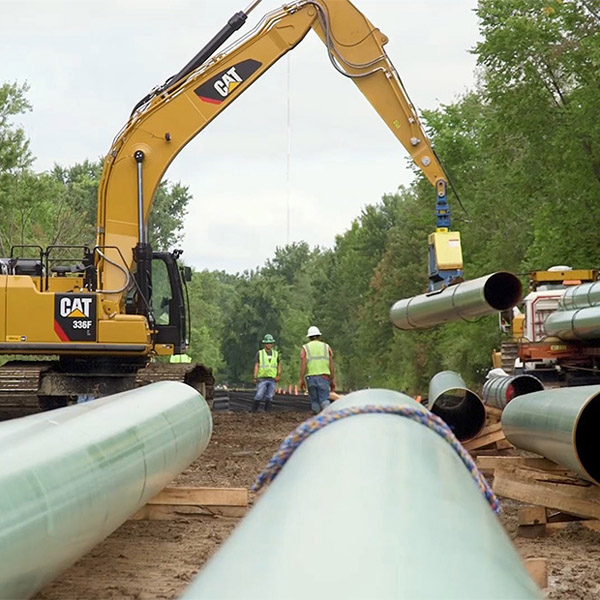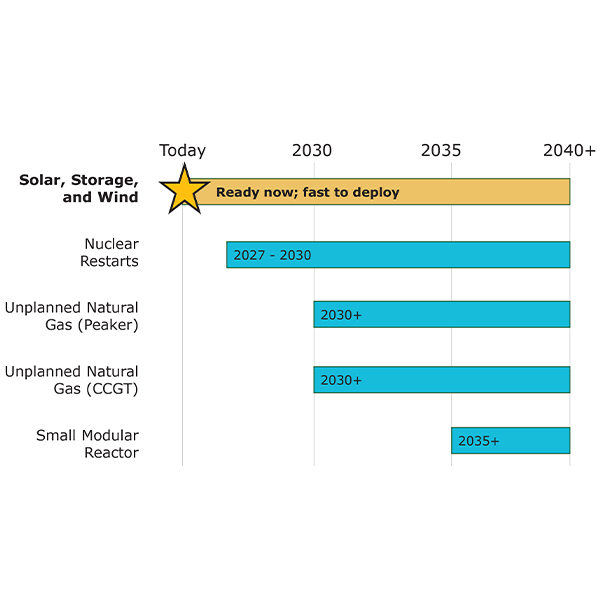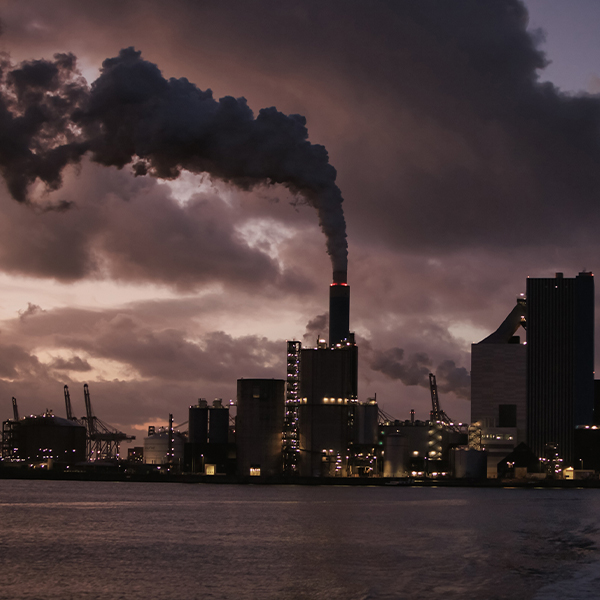Federal Policy
CongressDepartment of EnergyLoan Programs Office (LPO)Department of TransportationEnvironmental Protection AgencyFederal Energy Regulatory CommissionGeneral Services Administration (GSA)Interior DepartmentBureau of Land ManagementBureau of Ocean Energy ManagementNuclear Regulatory CommissionTreasury DepartmentWhite House
President Donald Trump signed a series of executive orders that seek to keep existing coal-fired power plants running, ease regulations and permitting for coal mining, and remove “unlawful and burdensome” state laws that impede the industry.
The D.C. Circuit rejected an appeal of FERC's approval of two pipelines in Louisiana tied to a planned LNG site.
The current debate in the U.S. electricity sector pitting efforts to increase renewables against the need for grid reliability in the face of growing demand could be unnecessary and counterproductive, according to one expert.
Christine Guhl-Sadovy, president of the New Jersey Board of Public Utilities, has a lot to do and little time to do it in.
An ACORE report says solar and wind can be deployed cheaply and quickly to meet the country’s rapidly escalating demand growth, while providing support for natural gas and nuclear plants.
Storage set a new record of installations in 2024, but the forecasts for the rest of the decade are cloudy because of uncertainty around the future of tax credits and additional tariffs from President Trump.
The D.C. Circuit Court of Appeals has reversed its vacatur of FERC's approvals of two LNG export facilities in Texas.
The EPA’s Environmental Appeals Board has granted the agency’s motion for a “voluntary remand” on the air quality permit for the project, essentially returning it to EPA for re-evaluation in light of President Donald Trump’s Jan. 20 executive order on offshore wind.
In a rapid series of announcements, EPA Administrator Lee Zeldin unleashed a full-scale offensive on the agency’s regulatory authority, as it seeks to roll back as many as 31 regulations.
Secretaries Chris Wright and Doug Burgum plugged the need for natural gas as the answer to the U.S.' energy needs during CERAWeek.
Want more? Advanced Search









